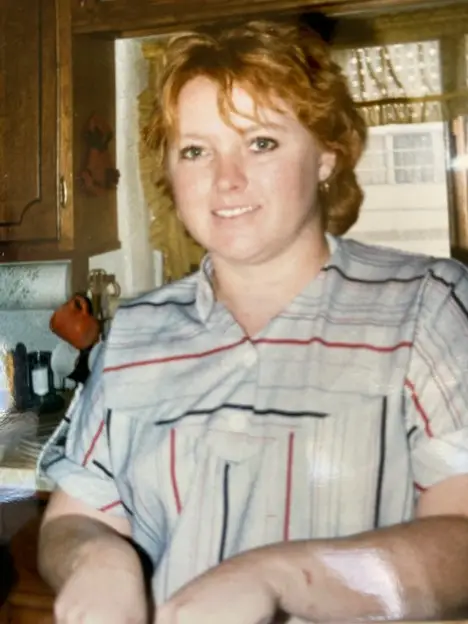Shining a Light on Seasonal Affective Disorder: The Role of Light, Sleep, and Vitamins
As winter settles in and daylight hours shrink, many people begin to experience a dip in mood, energy levels, and overall well-being. This phenomenon, known as Seasonal Affective Disorder (SAD) or the “winter blues,” is more than just a passing case of feeling down—it’s a type of depression linked to the changing seasons. Thankfully, there are ways to combat SAD, and much of the solution lies in the simple, powerful trio of light, sleep, and nutrition.
What is Seasonal Affective Disorder (SAD)?
SAD is thought to stem from a lack of sunlight, which disrupts our body’s internal clock, reduces serotonin levels, and affects the balance of key vitamins like vitamin D. Symptoms often include:
– Persistent low energy or fatigue
– Feelings of sadness or hopelessness
– Difficulty concentrating
– Changes in appetite or weight
– Sleep disturbances
The good news? Targeted interventions can make a significant difference.
Three tips to minimize Seasoal Affective Disorder (SAD)
Tip #1 Let There Be Light
One of the biggest triggers of SAD is the reduced exposure to natural sunlight during fall and winter months. Here’s how you can reclaim the light:
– Get Outside Whenever Possible: Even on cloudy days, natural light is beneficial. Aim for at least 20 minutes of outdoor exposure, preferably in the morning.
– Use a Blue Light Therapy Box: Blue light therapy mimics natural daylight and helps reset your body’s circadian rhythm. Choose a light box that provides 10,000 lux of light and use it for 20-30 minutes each morning. The light works to boost serotonin and regulate melatonin levels, improving mood and energy.
Tip #2 Prioritize Restful Sleep
Shorter days and darker evenings can throw off your sleep-wake cycle, leading to sluggish mornings and restless nights. Improving sleep hygiene can help:
– Maintain a Regular Schedule: Try to wake up and go to bed at the same time each day, even on weekends.
– Limit Screen Time Before Bed: The blue light from screens can interfere with melatonin production. Opt for books or calming activities before sleeping.
– Create a Sleep Sanctuary: Keep your bedroom cool, dark, and quiet. Use blackout curtains or an eye mask if light disrupts your sleep.
Tip #3 Nourish Your Body with Vitamins and Nutrition
Your diet plays a vital role in combating SAD. Certain nutrients can help support brain health and stabilize mood:
– Vitamin D: Known as the “sunshine vitamin,” vitamin D is essential for serotonin production. If you can’t get enough sunlight, consider a vitamin D supplement after consulting your healthcare provider.
– Omega-3 Fatty Acids: Found in fish like salmon and in walnuts, omega-3s support brain health and may help reduce symptoms of depression.
– Magnesium and B Vitamins: These nutrients support your nervous system and can improve energy levels. Green leafy vegetables, nuts, and whole grains are great sources.
– Stay Hydrated: Dehydration can affect energy and mood. Aim for at least 8 glasses of water a day.
Take Action This Winter
Seasonal Affective Disorder can be challenging, but small changes to your daily routine can help you regain control over your mood and energy. Whether it’s investing in a blue light therapy box, prioritizing sleep, or adding nutrient-rich foods to your plate, your efforts can help you shine even on the darkest days.
If you’re feeling overwhelmed or your symptoms persist, don’t hesitate to reach out to a healthcare professional. Idaho Outreach Mobile Medicine is here to provide personalized support and help you navigate the winter months with confidence.
Let’s embrace the season with the tools and knowledge to feel our best, no matter the weather!



